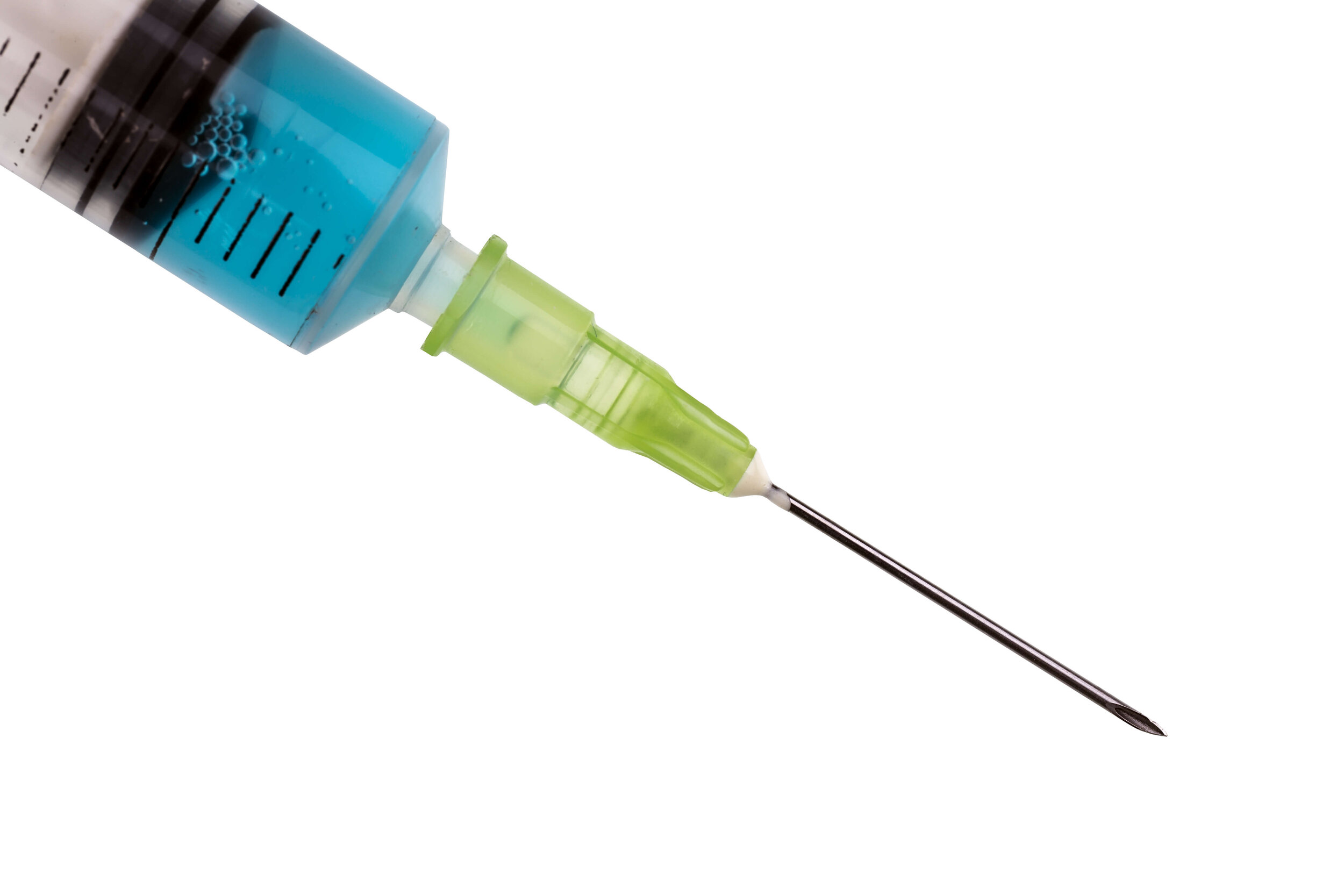The History of Hypodermic Needle - Part I
It is said that Greeks were the one to use hypodermic needles for the first time. The invention of hypodermic needle is remarkable and is to be noted in the annals of history. Hypodermic needles are used to inject liquids into the body and it has become a way of life for many. One of the best examples is insulin injection used for diabetics. They are used on humans as well as animals and had become common as applying a bandage.
It is wonderful to note that how a small sized needle is used to save a life in many cases. There is a lot of hard work involved behind it and for example injections used to control diabetics require precision manufacturing and this sparks an idea in our mind how humans came up with this idea? The answer is simple, need. The medical professions of 19th century wanted to inject medication into the body, especially painkillers.
The hypodermic needle is used along with a syringe. Dating back to 1st century CE, the usage of syringes is written on the journal De Medicina. During that time, needles were only used to push liquids into the body and there was no chance of extracting liquid from the body. This is because they were larger in size compared to the existing needles. The syringes took a new form just before some centuries. During the 9th century, a new type of syringe was developed using a glass tube along with applied suction by an Egyptian surgeon. It was good for extracting mucus from nostrils and for enemas.
However there was a need for tiny hollow needle which is also reliable. Christopher Wren, an Englishman from Wadham college in Oxford was successful in injecting drug into a dog with the help of a quill attached to a small bladder. But this was difficult to duplicate. Then came Francis Rynd, an Irishman who invented the hollow needle in 1844 and injected Margaret Cox with painkillers. However he was not credited for this invention. De Graaf developed a metal barreled syringe to trace the blood vessels of corpses during 17th century. This is why the needle and syringe remained in the dark for a long time and it did not come to practice for another 200 years.
